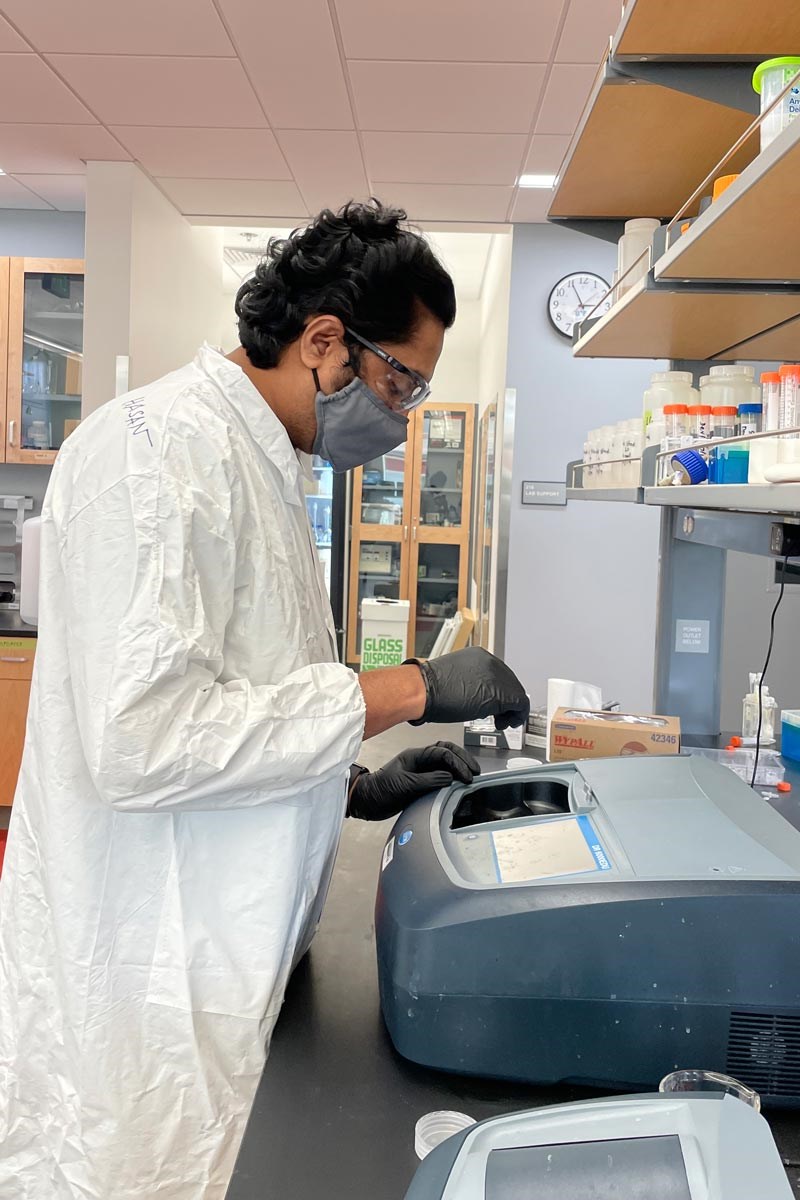
Since its onset in late 2019, the COVID-19 pandemic has caused unprecedented global impacts in 188 countries, including loss of life, severe economic strife, and myriad associated public and mental health impacts. The highly contagious nature of the COVID-19 disease has caused governments and administrations in the United States and other countries to issue stay at home advisories, suspend schools, close non-essential businesses and services, and in many cases impose strict lockdowns for extended periods – all of which do not have a precedent in recent history.
While there are no immediate concerns regarding the spread of COVID-19 through drinking water as SARS-CoV-2 is highly susceptible to chlorine disinfection, there are growing concerns regarding the impact of widespread long-term building closures on distribution system water quality caused by stagnation, low water-use, consequent loss of residual disinfection, disinfection by-products formation, and exacerbation of resident biofilms that harbor pathogenic microorganisms.
It is not clear if there is adequate facility/owner guidance for managing the current situation. Low or no water flow increases water temperature and decreases the concentration of disinfectant residual over time which provides favorable conditions for microbial regrowth of pathogenic microorganisms (especially Legionella pneumophila) in the distribution system pipes, which could have severe human health impacts. For example, L. pneumophila can cause Legionnaires' disease which causes severe lung infection and disease specifically in sensitive populations. Besides, microbial regrowth can influence biocorrosion and metal leaching leading to increased metal concentrations (Cu, Pb) in drinking water.
Like many university campuses and commercial buildings all over the world, University of Alaska Fairbanks (UAF) buildings were also unused/ underused from March 2020 to August 2020. The student PI initiated a monthly water sample collection campaign from the UAF distribution system (5 pipe locations) and tap water (6 building locations) beginning early August 2020. The samples collected thus far have been frozen for later analyses after conducting preliminary water quality tests. Monthly samples will be collected until summer 2021. Through this project we seek support for microbial and chemical analyses of these opportunistic water samples.